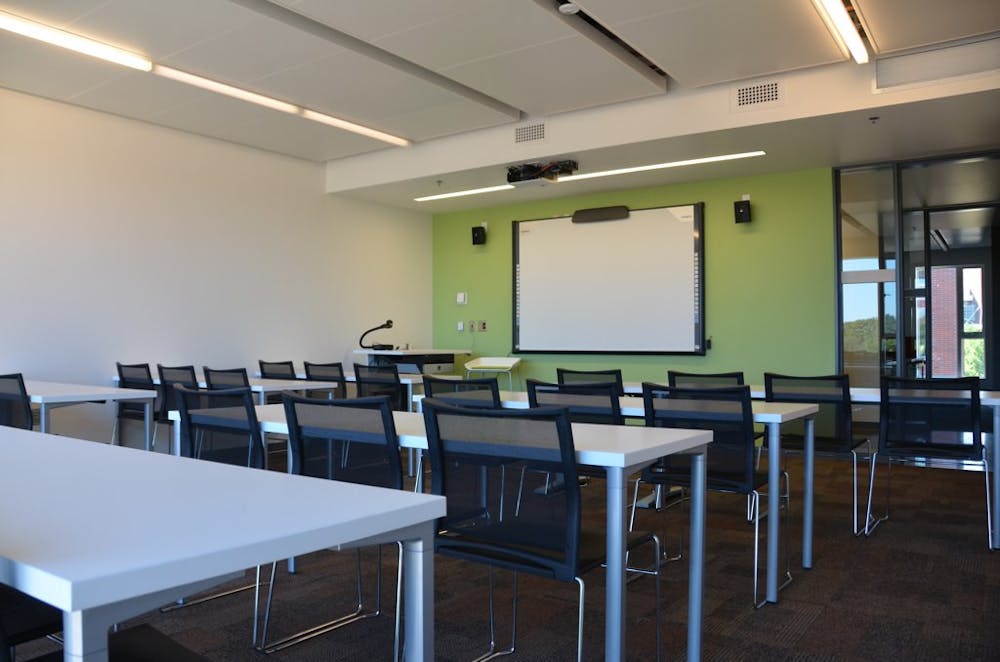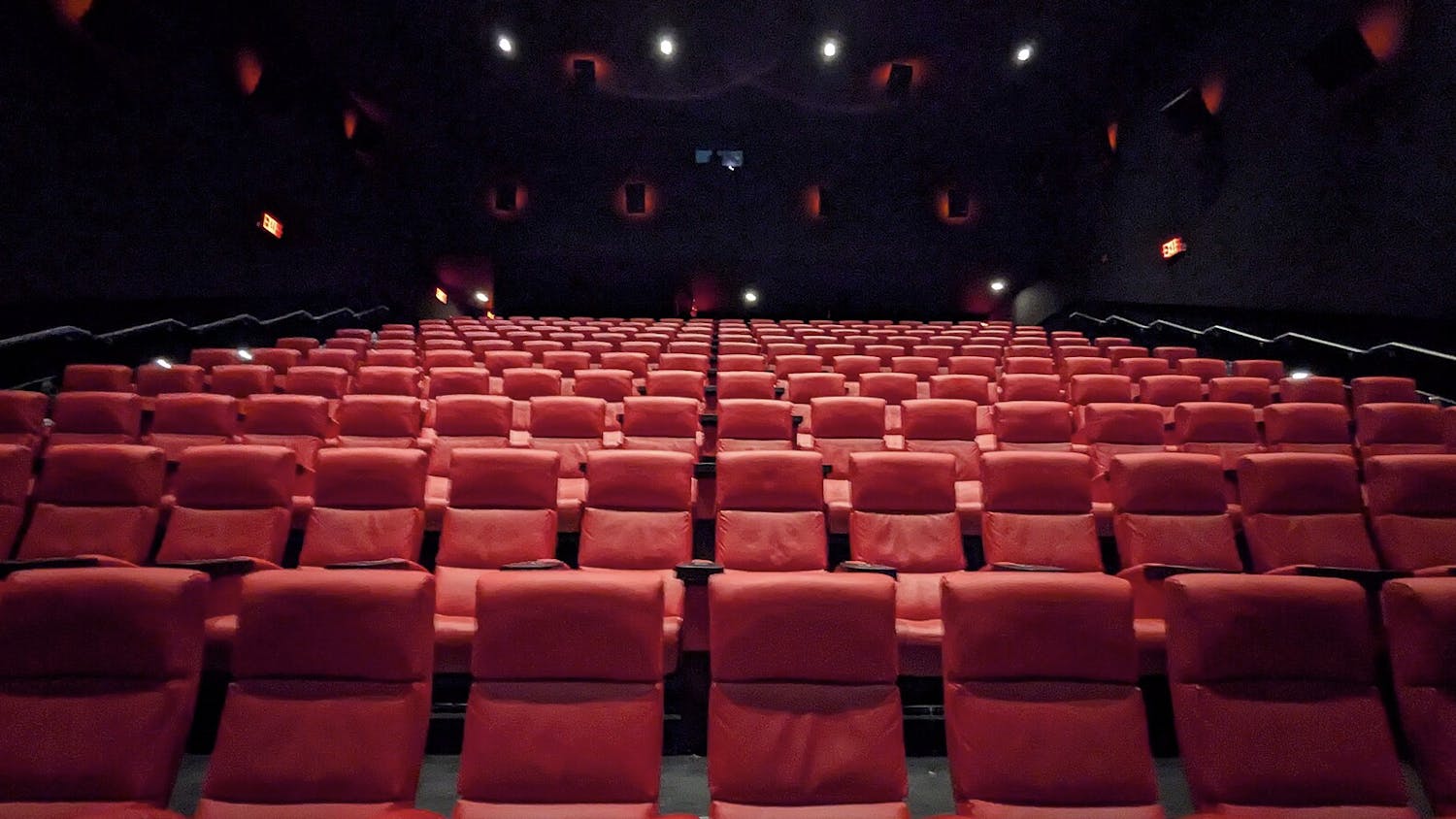By Brinda Patel
Correspondent
Despite being classroom staples, chalkboards and whiteboards have many shortcomings.
From the moment chalk is tapped onto a blackboard, dust is scattered everywhere. Regular use of chalk can create health issues including asthma attacks, dry eyes and skin irritation. Chalk, in any color, is non-toxic because it is made from calcium carbonate or gypsum, according to “The Guardian.” It’s the airborne dust that makes it hard to breathe, further polluting indoor air quality.
Chalkboards also require high maintenance as their regular cleaning can be very time-consuming. On a daily basis, so much time and effort is wasted by staff members who are constantly erasing chalk left and right.
As many of you know, chalkboard scraping is a real phobia. The dreadful sound created by chalk sticks or nails on a chalkboard has the same frequency as a human vocal chord. The noise is quite chilling, hurting the eardrums and brain from processing the full exposure.
Whiteboards are undoubtedly better than chalkboards because they are more durable and easy to clean. They are also relatively inexpensive, typically made of painted porcelain and enamel-coated metals.
Although the production of whiteboards is cost-effective, we must acknowledge that they generate collateral waste that is not recyclable. If these boards are not properly kept, “ghosting” may occur, which is when faint stains remain on a whiteboard even after erasing.
Like chalkboards, whiteboards can create distracting glares under certain angles of light and possess a finite amount of space to write all important information discussed in the classroom. While whiteboards may be more eco-friendly than chalkboards, marker fumes are still harmful, and the markers themselves are disposable and wasteful; the environmental impact cannot be overlooked.
SMART boards, on the other hand, are the better alternative. SMART Technologies was the first company to develop the first interactive board combined with immersive touch technology (DViT). They are environmentally friendly because they eliminate substantial paper, ink and chalk waste. In recent years, this technology has proven to boost student engagement. The fascination behind it persists among students of all ages; its versatility promotes several unique ways to approach education. Because it encourages students to remain motivated and focused, teachers can keep their students happily curious.
Technology has expanded the landscape of education through the incorporation of SMART boards, online books and digital learning. Electronics will inevitably continue to become dominant forces in education, eliminating the old-school ways altogether.
K-12 students are handed tablets and computers from their schools to encourage better academic performance and engagement. These devices allow students to be more communicative with their peers and teachers. They can send homework and assignments to their teachers and pull up information to help them contribute to class discussions.
However, school-issued devices do not apply to college students because it is expected for them to carry their own electronics, thus rendering SMART boards a more useful technological tool.
To conclude, classroom tools should simultaneously evolve with society and minimize waste. Chalkboards and whiteboards are outdated compared to interactive media. With proper care, the longevity of SMART boards reduces carbon footprints and the need for annual replacements. SMART boards are the greener choice, and all academic institutions can benefit from that form of sustainability. It’s a win-win for students and nature.







